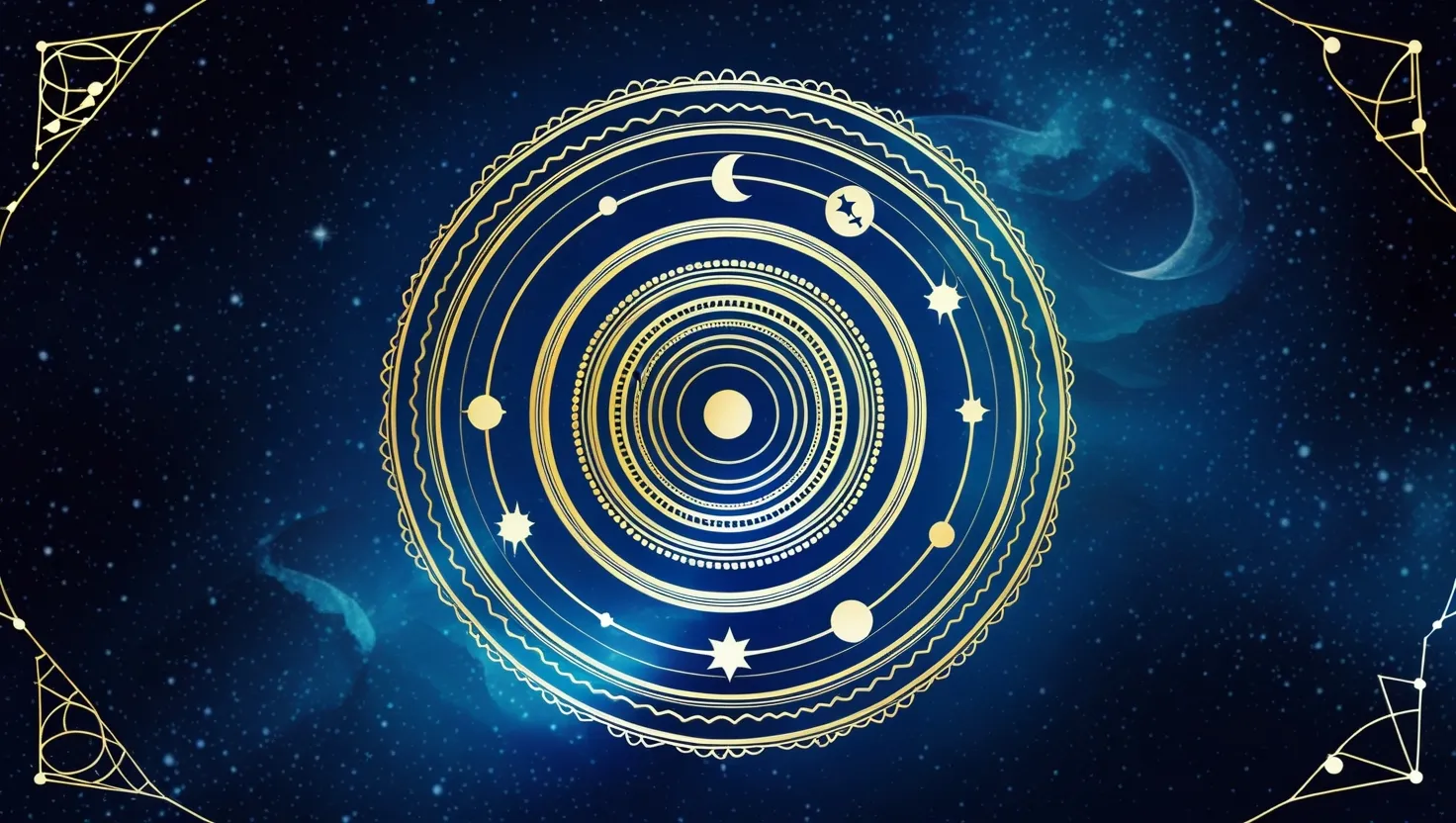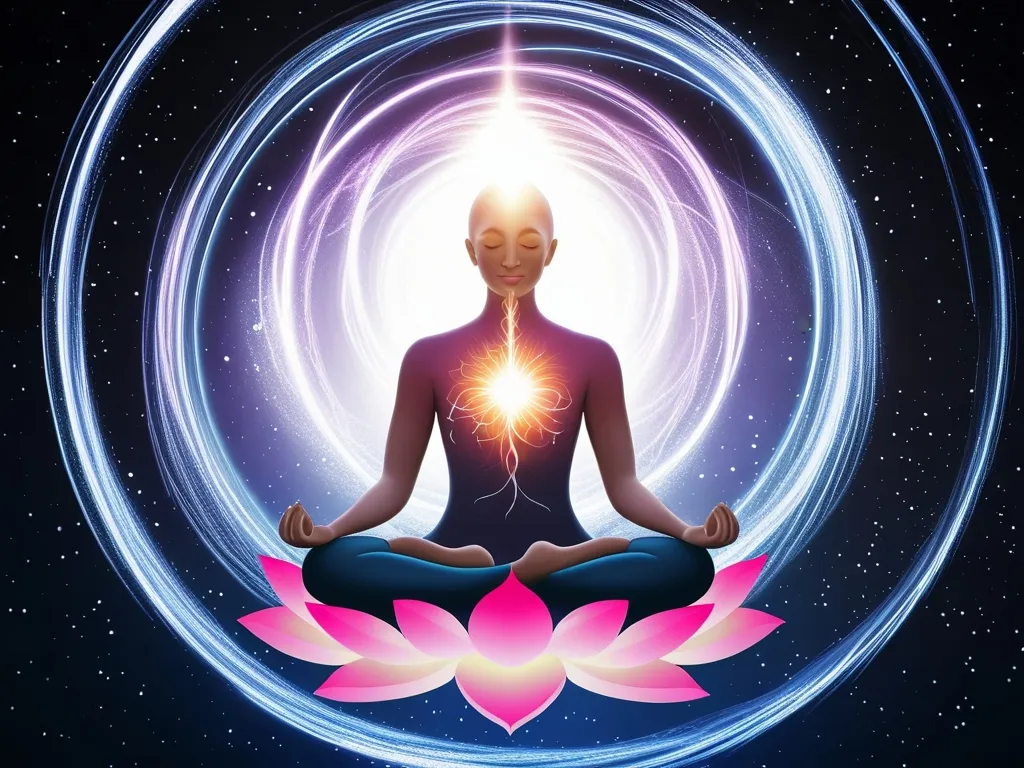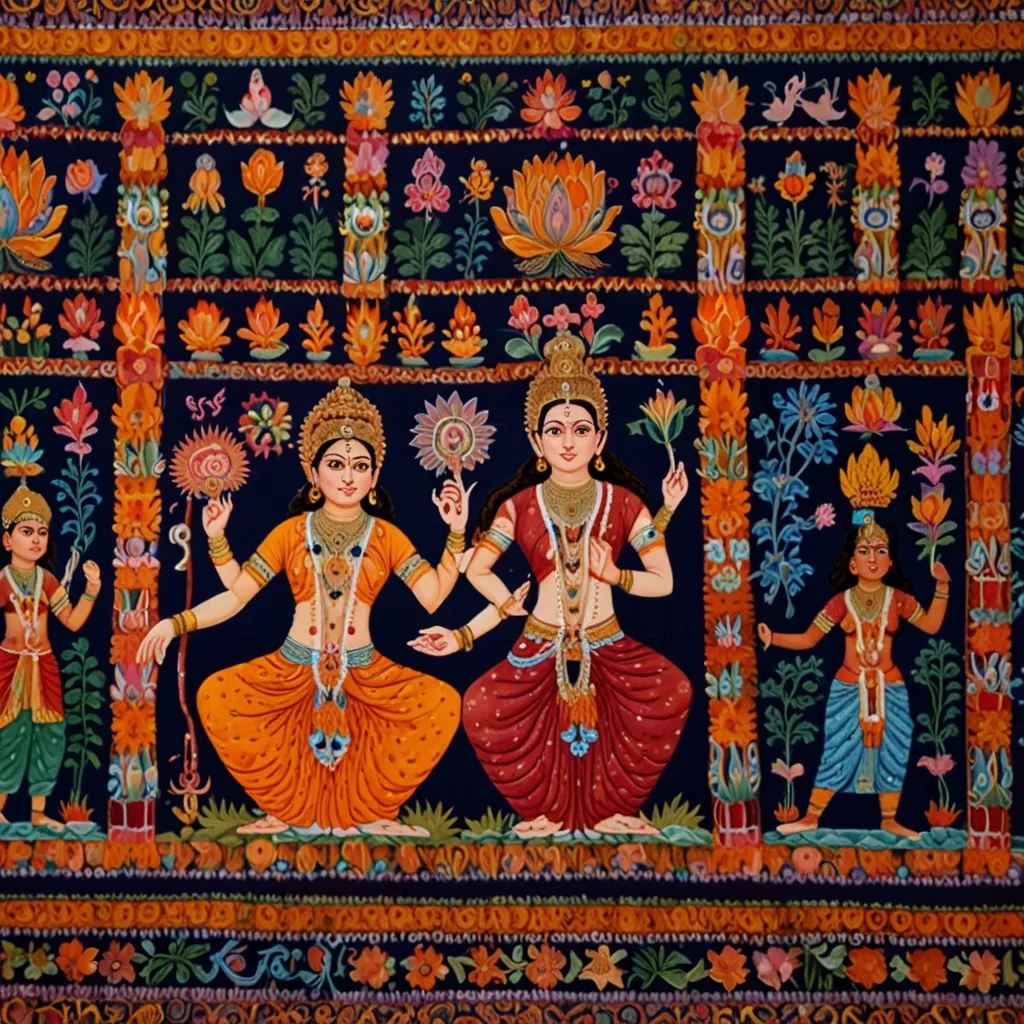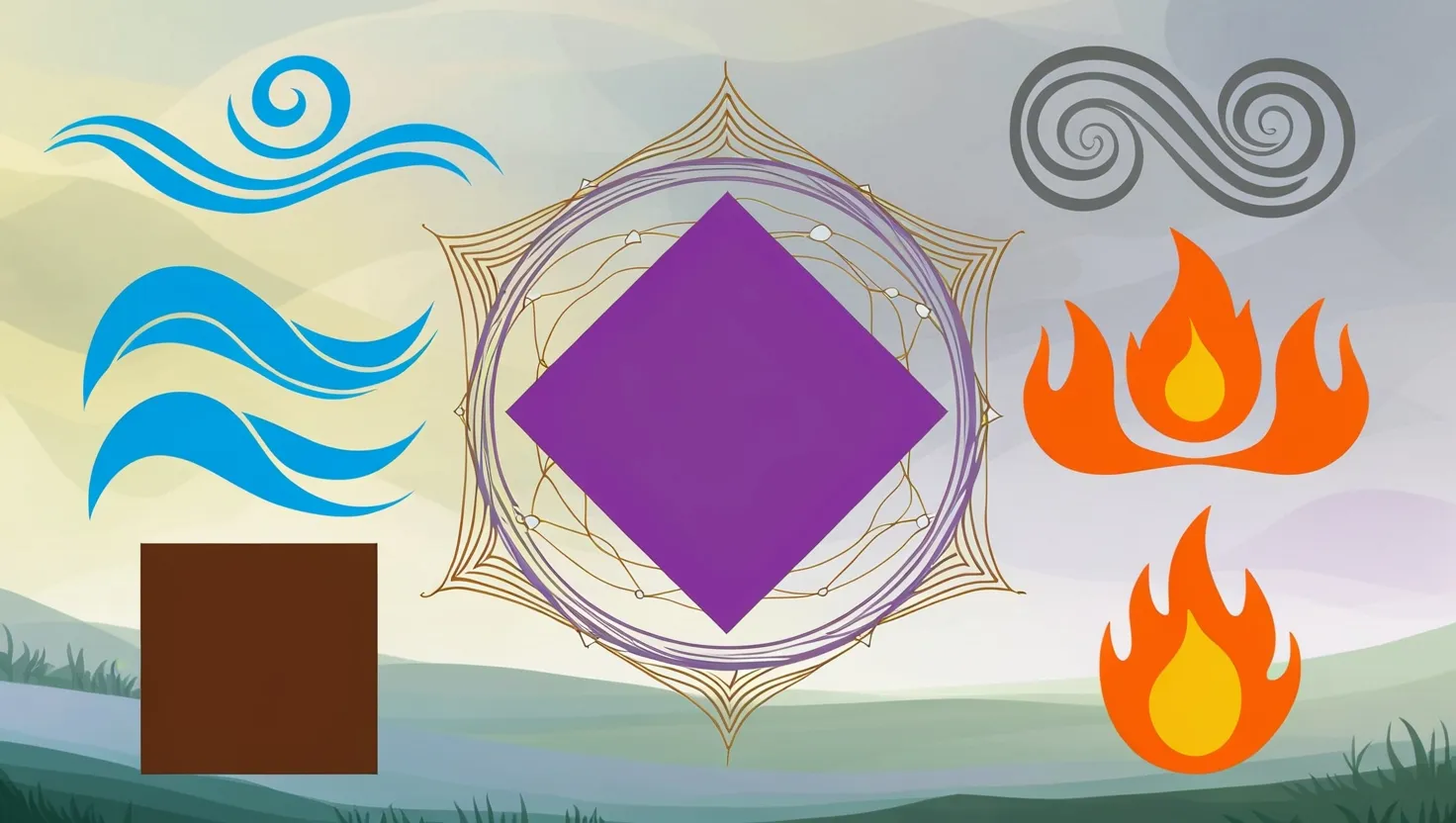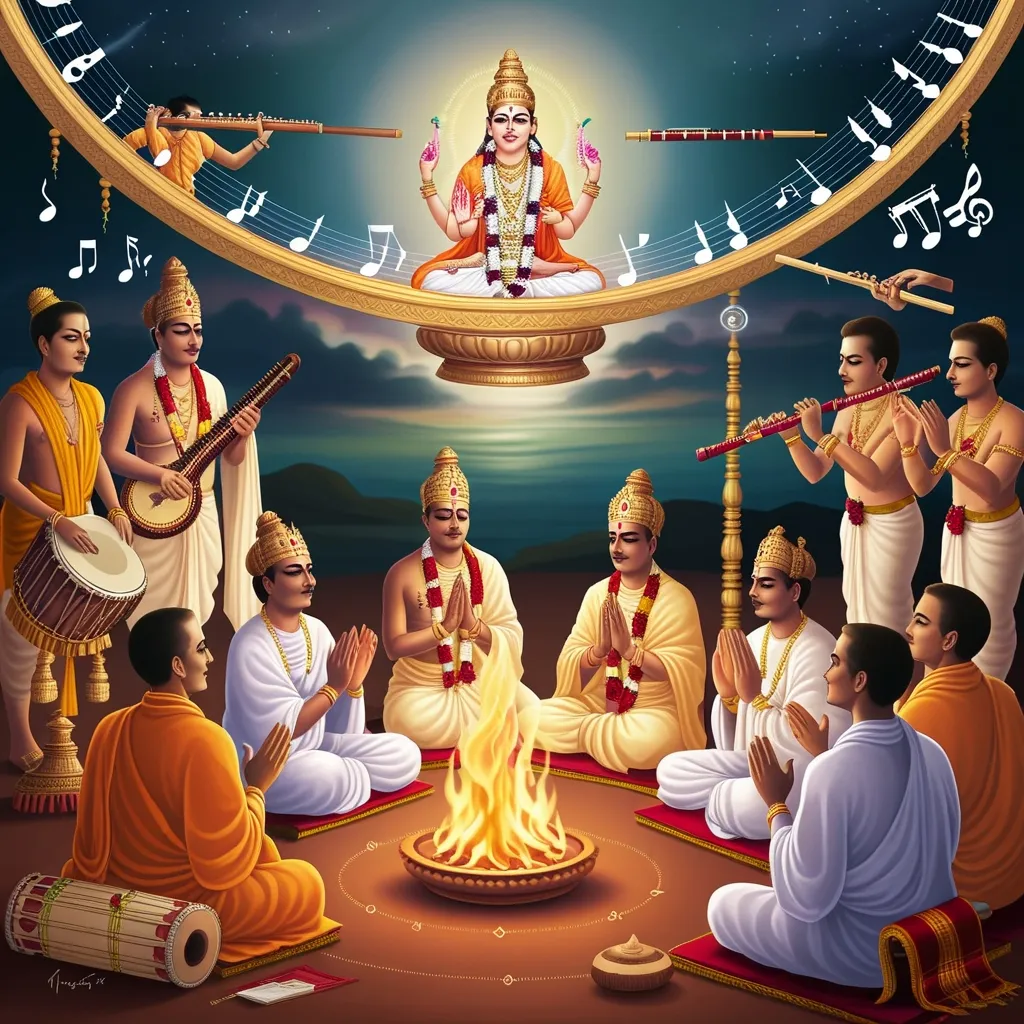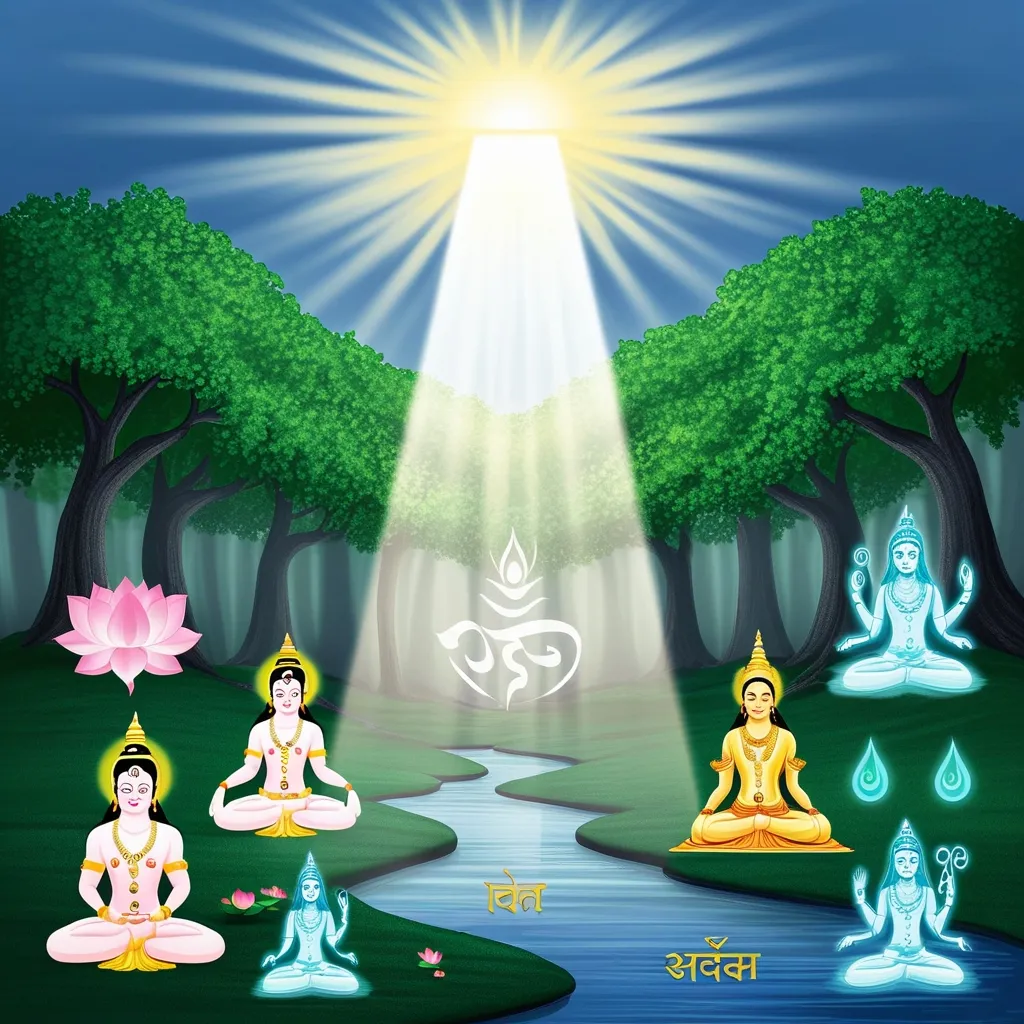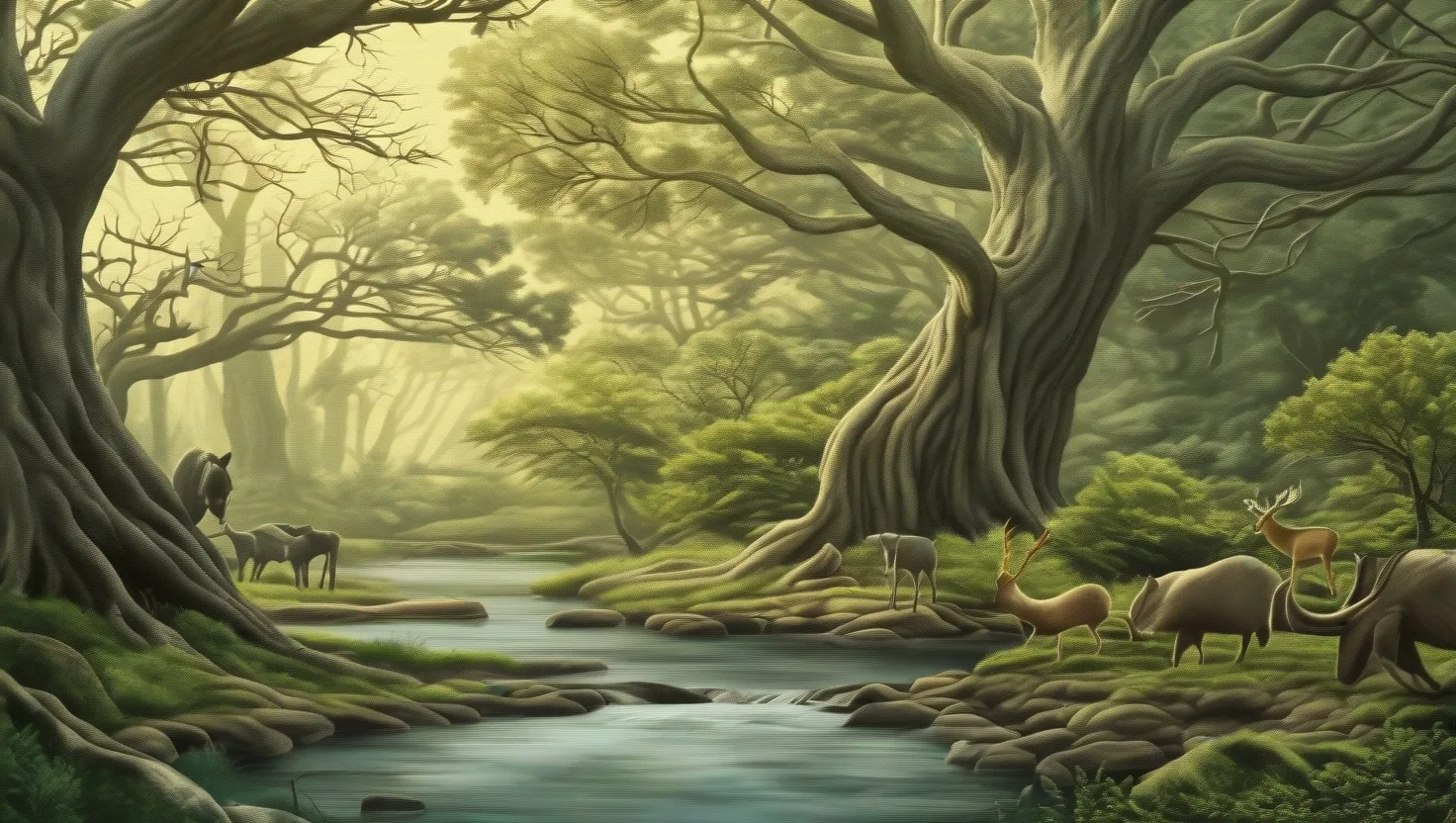When I think about time, I find myself drawn to the Vedic idea of Kala. It’s not just about hours ticking away or the flip of calendar pages. It’s a force, an experience, and sometimes, a mystery. The Vedas invite us to see Kala as something much larger—and more complicated—than the simple passage from past to future.
Our usual way of measuring time with clocks feels almost trivial in comparison. The Vedic texts describe precise astronomical calculations—solar years, lunar months, changing seasons. But this is only half the story. What fascinates me is the conviction that certain moments carry a particular weight or power. Have you ever noticed how some days seem easier for big decisions, or how rituals feel different depending on the hour? That’s the qualitative side of time. It’s not all minutes and seconds—it’s mood, energy, readiness. “There is a time for everything, and a season for every activity under the heavens.” What signals these shifts? Tradition suggests they’re written into the fabric of reality.
Unlike the straight path from yesterday to tomorrow in Western thought, the Vedic world sees time as a spiral. Imagine cycles within cycles. The universe lives, dies, and is born again—not once, but endlessly. Every ending is nested in a beginning, and every beginning is seeded by a previous cycle. Nothing truly vanishes; patterns repeat, but with a twist. This raises a question: if life is a circle, do our choices echo through future turns of the wheel? I find comfort in the idea that we’re never stuck; each revolution brings fresh possibilities, within the familiar rhythm of recurrence.
Here’s something unusual: Vedic thinkers propose that time isn’t just a background metric. Instead, it’s woven into space itself—almost like a coordinate in a grand, multidimensional map. Events, emotions, and places exist within a continuum, not simply as a series of random occurrences. Some even suggest that all moments, past and future, are accessible with the right perspective. Have you ever felt déjà vu or sensed a connection with distant history? In these moments, the boundary between now and then seems to dissolve. “The distinction between the past, present, and future is only a stubbornly persistent illusion,” as Einstein observed—a resonance strangely close to ancient wisdom.
The mind’s relationship with time is particularly intriguing for me. The Vedas speak of attention as a tool for stretching or compressing our experience of duration. Meditation, for example, allows practitioners to ‘step outside’ ordinary time, to touch that motionless center where worries about before and after fade away. Where do you stand on this? Have you ever lost yourself in a task or a sunrise, only to realize hours have slipped past—or conversely, that a moment of crisis feels eternal? These experiences hint that time’s flow is influenced by the observer.
Karma finds its place in this framework, binding action to the cycles of time. The timing of what we do may be as vital as the intent behind it. Vedic texts urge us to learn the rhythms of time, like a farmer tuning in to weather and seasons. Purpose and success aren’t just about willpower—they intertwine with cosmic and natural timing. If you’ve ever launched a project at just the right moment, or missed an opportunity by a hair, you’ve already seen this principle at work.
“Men talk of killing time, while time quietly kills them.” I think of this quote often. Vedic philosophy suggests we stop treating time as a commodity we can waste or save. Instead, it’s a process we inhabit. From sunrise routines to seasonal festivals, aligning our lives with these cycles builds both health and meaning. Have you ever considered synchronizing your own routines—a daily walk at dawn, a period of reflection before sleep—to tap into these ancient rhythms?
Contemporary science echoes some of these ancient ideas. Relativity theory demonstrates that time isn’t absolute—it flexes and bends with speed and gravity. Quantum physics toys with the possibility that time might not be as fundamental as once assumed, but emerges from more basic realities. When physicists say time could be an illusion, or that everything exists in a grand field of possibility, I’m reminded of Vedic teachings that treat measurable time as just one layer of a much deeper reality.
One of the most practical takeaways for me is the art of conscious timing. The Vedas advocate not just efficient scheduling, but a mindful engagement with the natural ebb and flow of days, seasons, and life stages. Could your energy, effectiveness, and happiness improve simply by moving in harmony with larger cycles? Maybe our daily rush stems from living out of tune with time, rather than from time’s actual scarcity.
But the heart of Vedic thinking about Kala goes even further. The ultimate goal is to move beyond time’s constraints—to taste timelessness through spiritual practice. In meditation, prayer, or moments of deep focus, we might discover a state where past and future have no hold, where the present stretches into infinity. “Time is the wisest counselor of all.” But sometimes, wisdom lies in stepping outside of time, even briefly.
Have you ever noticed how anxiety often comes from regrets about the past or fears of the future? The Vedic approach encourages us to shift attention from these worries to a place of timeless awareness. Living fully in the present, while understanding how the cycles affect us, brings a sense of freedom and participation rather than haste or helplessness.
Perhaps the most elegant aspect of Kala is this: Time is not just something that happens to us, but a dimension we co-create with our actions, thoughts, and awareness. The Vedic tradition invites us to reflect, adjust, and perhaps even experiment with our experience of time. What would you change if you believed that moments can expand or contract based on your state of mind? How would your day look if you honored the cycles instead of fighting them?
In our modern era, bombarded by reminders to “make the most of every minute,” the Vedic view offers a refreshing counterpart. Time is not simply a bank account to be drawn down; it is a dynamic tapestry—yes, always in motion, but also rich in quality and opportunity. By understanding time’s multidimensional nature, we are called to wisdom rather than panic, to presence rather than pressure.
To sum up, Kala challenges us to rethink our relationship with time. It is both the stage and the actor, both cyclical and surprising, both strict and soft. The Vedas give us the tools to see time’s patterns, but also to step outside of them when needed. “Time is a created thing. To say ‘I don’t have time’ is like saying ‘I don’t want to.’” What would you do differently if you saw time as a space to move through, rather than a cage to escape? Maybe the next cycle holds the answer.
